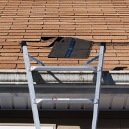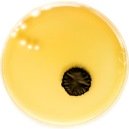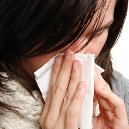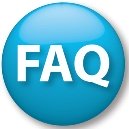Find a pre-screened local mold removal specialist Free Estimate
Find a Mold Specialist Now
Click or Call, Toll-Free 24/7
Does Mold Attract Bugs
Many people with household mold problems also report an increase in bugs in the home and wonder if the two are related. They aren’t always, but they can be. Many homeowners do notice problems with pest control and mold growth at the same time and there are reasons for that.
The Link Between Bugs and Mold
There are several reasons that you may find both bugs and mold in your home.
The same conditions are often favorable for both mold and bugs, such as warmth and moisture. Most kinds of mold grow best in warm, wet places. Bugs also need water and they often reproduce best in warm places.
Not only do bugs need water, they need food. Some types of bugs feed on mold. For instance, booklice (which aren’t really lice, they just look similar to lice) are often found in moldy books. Mold breaks down the paper and the booklice eat the mold. Booklice can also be found in moldy piles of paper, under moldy wallpaper, around moldy windows and in other areas with mold.
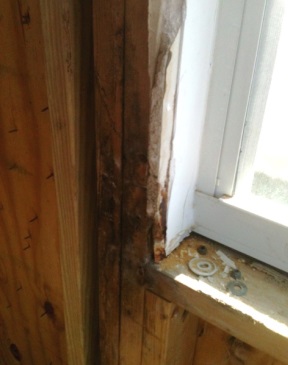
Many types of insects, including cockroaches, can eat non-wood items like paper. Wet, moldy paper is easier for insects to eat. So is wet, crumbling wood or drywall and other damp, moldy household materials. Some bugs even feed on soap scum and mildew in bathroom and of course bathrooms are often excellent breeding grounds for mold, with all the warmth and moisture from the shower. Even if you keep your kitchen very clean, if you have mold growing in your home, you may be providing a buffet for bugs.
In the picture to the right, a leak caused mold to grow in the wall. The leak, or the mold, attracted carpenter ants. The homeowner had to deal with both problems.
Many types of mold produce gasses, called microbial volatile organic compounds (MVOCs). These gasses are what give off the characteristic musty odor of mold. Sometimes the odor is earthier or even similar to the smell of beer. Some types of bugs are attracted to the MVOCs of certain types of mold. If you notice a musty or earthy odor in your home and also have an increase in gnats or other insects, you should suspect mold, even if you don’t see it.
Even if you keep your home very clean, you can end up with mold and possibly insects that are attracted to mold. Mold develops mostly as a result of excessive moisture, not due to excess dirt. Even if your home is otherwise very clean, mold can attract certain types of insects.
For Help with Pest Control and Mold Removal
Naturally you want your home to be mold and bug free. If you have mold in your home, we recommend consulting with a mold removal professional. Most offer free in-home consultations, so there’s nothing to lose, no risk and no obligation. An experienced professional will visit your home, assess the situation and provide you with a written estimate detailing the work that needs to be done. The professional will also answer any questions you have and can advise you about the cleanup process, information you can use even if you decide to handle the cleanup on your own.
Now, mold removal professionals remove mold, not bugs, of course. If you have a serious insect problem, you may also need to call an exterminator. Talk with both the mold removal professional and the exterminator about the best timing for both services. It may be best to have the mold removed before exterminating for bugs because if you exterminate first, the mold may just attract more insects.
Both household mold problems and insect problems should be dealt with as soon as possible, because both problems just grow worse with time. Both mold and insects can quickly spread throughout an entire home.
To find qualified, experienced mold removal professionals offering free consultations in your area, just follow the link. If you want to also speak with an exterminator, you can use this easy referral form to get a list of local pest control companies.
Return From Pest Control And Mold To Our Mold Information Page
Free Home Inspection By A Mold Removal Specialist
Search This Website
Recent Articles
-
See Our 5 Recommended Mold Removal Companies in Covington, KY
Apr 16, 25 12:59 PM
-
See Our 5 Recommended Mold Removal Companies in Wheaton, IL
Jun 20, 24 10:33 AM
-
See Our 5 Recommended Mold Removal Companies in Aberdeen, SD
Oct 08, 21 04:05 PM
